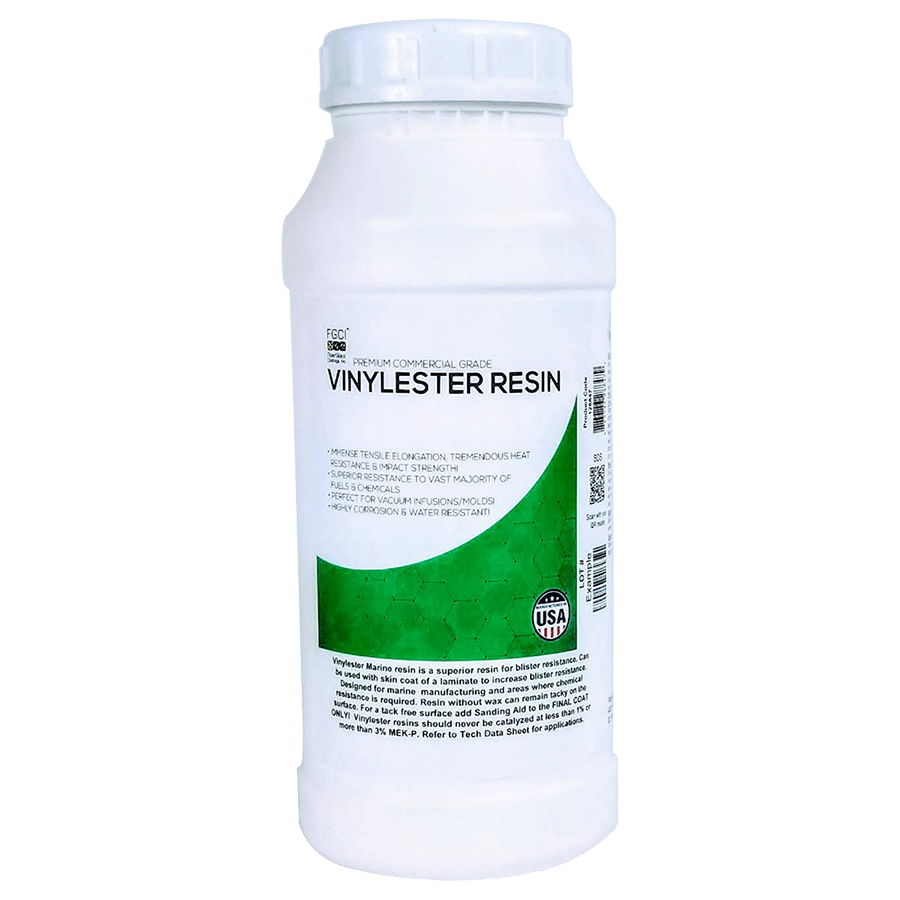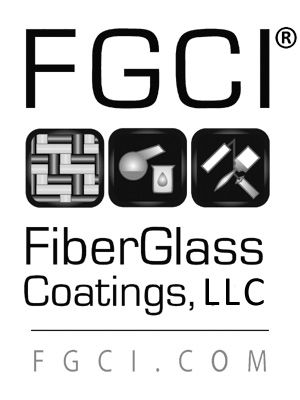Z6_EL9QHKG10GPM20IJGE61AK10O0
Z7_P86CH0O0I0RF10IB06HRVQ0087
 S2K Commerce - Products Dropdown
S2K Commerce - Products Dropdown
Z7_EL9QHKG10GPM20IJGE61AK10S5
 S2K Commerce - Order Entry
S2K Commerce - Order Entry
Home
>
Resins, Polyester & Vinylester & Epoxy
> VE Marine Resin_1Qt Kt
VE Marine Resin_1Qt Kt VinylEster Marine Resin - KIT
Item #:
135440
60.04
Each
Quantity:

Directions for Use:
Step 1: Choose the appropriate volume for your project. The type of fiberglass used will determine the amount of resin needed.
Step 2: Make sure to agitate or stir the product thoroughly before use.
Step 3: Mix in the MEKP, stirring thoroughly. Please refer to the Catalyst Concentration Chart for quantities.
Step 4: Thinner fiberglass can easily be wet through. To thoroughly wet out heavier materials, apply resin first to one side, then flip the glass over to wet out the other side. Use paint-style rollers to distribute resin quickly.
Step 5: Roll each layer with a glass roller to remove air. The fiberglass will go completely transparent when it is adequately wet.
Step 6: Add sanding aid (Product #123833) to the final coat to allow a full cure and a tack-free surface. Refer to Sanding Aid Chart for quantities.
Additional Information:<br>
ï· We recommend testing a sample piece before beginning your final project.
ï· Avoid using this product in direct sunlight.
ï· The ideal temperature for using this product is 77°F. Best results for this product can be obtained at temperatures between 70°F and 85°F, in a clean, dry, dust-free environment.
ï· For best results, do not wet out fiberglass to over 1/8” in thickness. Use of more than 1/8” may generate excessive heat. Allow previous layer to tack up, but not fully cure, prior to pouring next layer.
ï· Vinylester resin has excellent performance properties including increased thermal resistance and the ability to withstand corrosion, water absorption, impact, and de-molding cracking.
ï· Vinylester resin is used extensively for hull construction and is well-suited as a barrier coat for blister resistance. It is often used in the swimming pool industry, as well as for fabricating small-to-large Fiberglass Reinforced Part (FRP) structures, FRP tanks, and vessels.
ï· If sanding is required to apply more fiberglass to an existing layer, use 36, 24, or 16 grit. Low grits will provide deeper scratches and allow for a better bond between layers. Be sure to clean the surface before applying the next layer.
ï· To apply gelcoat over resin, prep the surface with 80 grit sandpaper. To apply primer, prep the surface with 220 grit sandpaper. To apply paint, prep the surface with 320 grit sandpaper.
ï· If you have any additional questions or need a product for critical applications, please contact Customer Service at 1-800-272-7890.
Clean Up Procedure: Use acetone or lacquer thinner to clean brushes and rollers. A small bucket of the same solvent can be used for cleaning tools.
Ground Shipping Only



